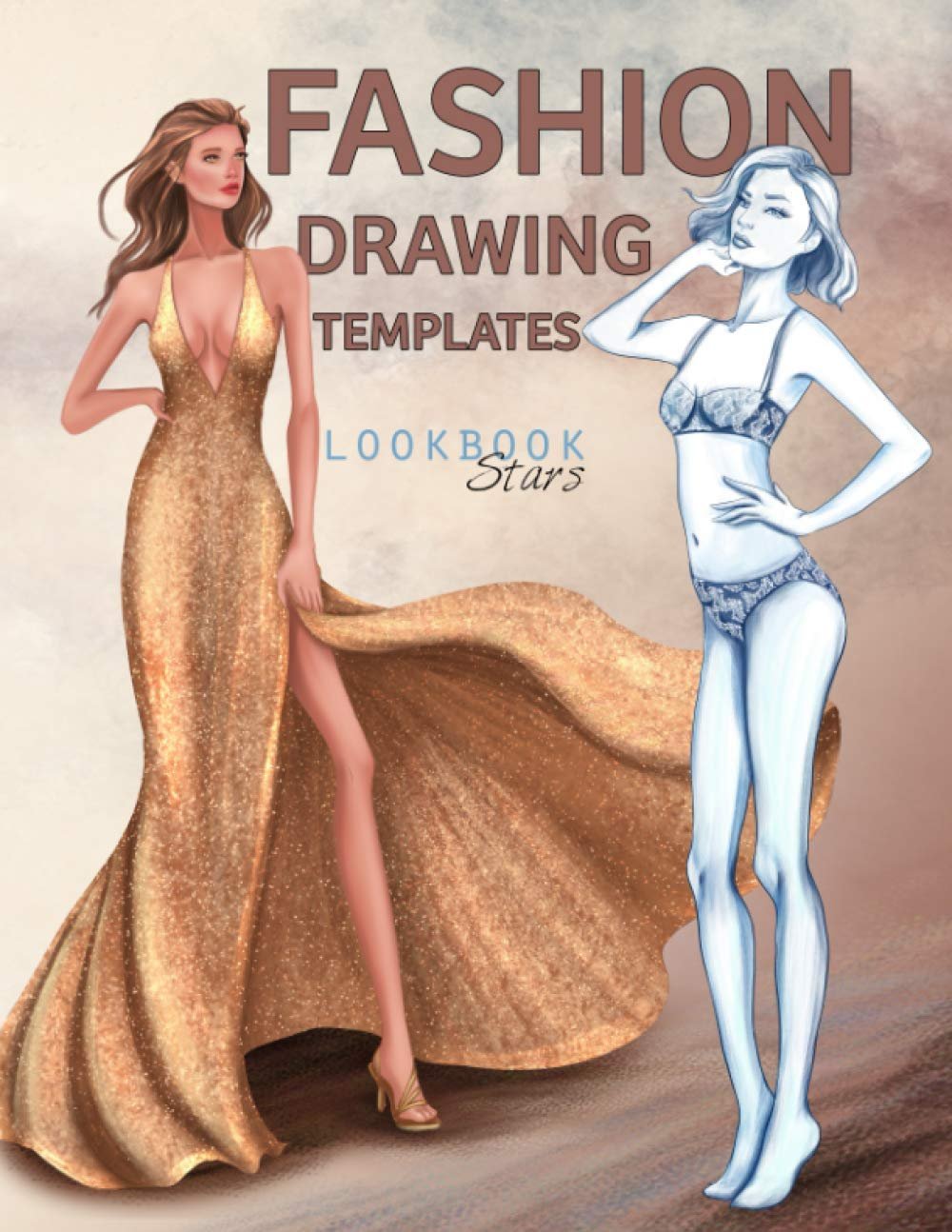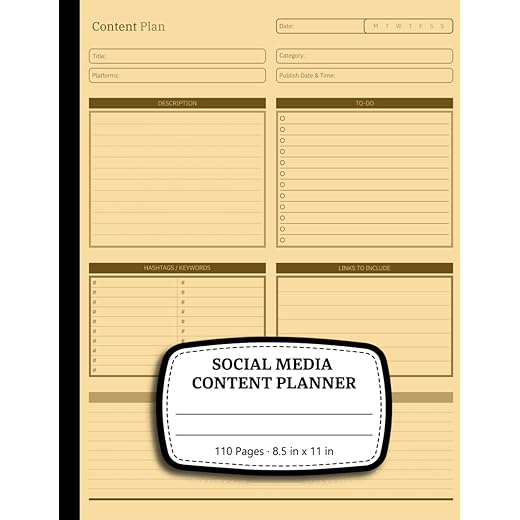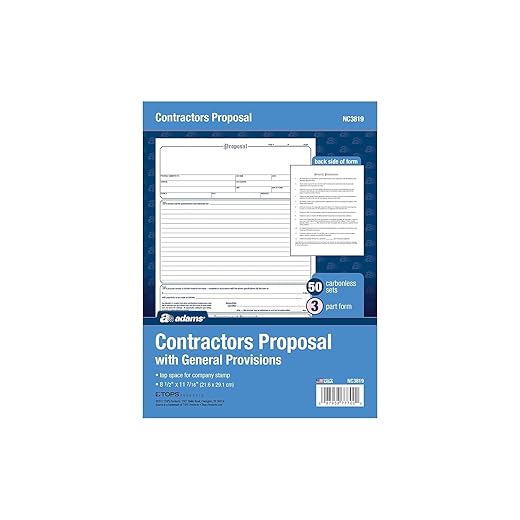How to Get Fashion Brands to Say Yes (Without the Guesswork)
Quick roadmap to six proven tactics that turn outreach into brand partnerships. Brands ignore 98% of generic emails. This guide prioritizes clarity, personalization, and measurable value so your pitches stop being ignored and start closing deals with simple repeatable steps.
What You Need Before You Pitch
Target the Right Brands, Not Just Big Names
Why chasing clout over fit is costing you deals — and how a 20-minute audit wins more yeses than mass emailing.Define your ideal brand fit: aesthetic alignment, audience overlap, and campaign goals. Spend 20 focused minutes per target brand to audit recent campaigns, price points, and brand voice—don’t guess.
Use this quick checklist during each audit:
Prioritize a list of 10 high-fit brands and tag each by opportunity type: collab, ambassadorship, or sponsored post. For example, if a sustainable streetwear label just launched a capsule, mark them as a collab and reference that campaign in your outreach to show immediate relevance.
Build a Media Kit That Does the Selling
Skip vague claims — use proof. A tight media kit converts skeptics into meetings.Create a sharp one-page media kit and a two-page backup that sells for you. Lead with top metrics: engagement rate, audience demographics, and a snapshot of your top-performing content. Example: “Engagement 4.2% • 65% ages 18–34 • Top Reel 120K views.”
Include these clear sections:
Design for quick scanning: headers, bold bullets, and one strong photo. Export as a PDF and host a web link so brands can easily share internally.
Write Personalized Pitches That Spark Curiosity
Ditch the template trap: 30 seconds of personalization boosts reply rates more than discounts.Write a short, specific email: open with a compliment about a recent campaign or product.
Example: “Loved your Spring Edit launch — the tactile fabric shots and UGC felt premium.”
Then state the exact value you bring — audience overlap, creative format, past ROI: “I reach 65K women 18–34; a Reel last month drove 8% CTR and $12K in tracked sales.”
Offer one tailored idea and a simple ask: “A 30‑sec shoppable Reel showing three looks. 15‑minute call to discuss or may I send a one‑pager?”
Keep the email under 120 words, use a benefit‑focused subject line, and include links to your media kit and two relevant examples.
Show — Don’t Tell — Value with Mini Case Studies
Numbers beat promises: small case studies can outperform long CVs in pitch ROI.Create three short case studies that prove results. Keep each one 40–80 words and follow a simple structure: Objective → Your action → Measurable result.
Attach visual proof: screenshots, swipeable post images, UTM-reports or a shoppable post embed.
Example mini case study format: “Objective: Increase weekend sales. Action: 30s shoppable Reel + influencer try-on. Result: 8% CTR, $12K tracked sales in 72 hours.”
Link or attach these to your pitch so brands instantly see reduced risk and fast approvals.
Negotiate Smart: Win-Win Terms That Close Deals
You don’t need to say yes to everything — structure offers that protect your time and scale your income.Define your non-negotiables upfront: usage rights, timelines, and payment terms. State exactly what you grant (social only, 6 months, global) and when you expect payment (50% deposit, net 14).
Prepare tiered offerings to simplify decisions. Offer Basic, Premium, Exclusive bundles with clear deliverables and one confident price anchor (e.g., “Standard: $2,500”). Then present a single concession tied to fast approval — for example, “Add 48-hour turnaround for +$200 if approved within 48 hours.”
Use contracts or simple scopes of work to lock deliverables and rights. List deliverables, milestones, revisions, cancellation fees, and invoicing schedule. Example: “3 posts + 2 stories, 2 revisions, 50% upfront, balance on delivery — usage expires 12 months.” This clarity prevents scope creep and speeds payments.
Follow Up and Nurture Relationships to Turn Nos into Yeses
A smart follow-up strategy turns 70% of cold replies into opportunities — persistence with value wins.Send a polite follow-up 4–7 days after the initial pitch with new value — a fresh content idea, a quick audience insight, or a relevant trend. Example subject: “Quick idea — 3 Reels for [campaign].”
Keep follow-ups brief and include social proof or a mini availability update (e.g., “Booked through May; 2 slots left in June”).
After a collaboration, deliver on time, share performance reports (engagement, clicks, conversions), and propose next steps within two weeks (repeat, A/B test, or upsell).
Maintain a lightweight CRM or spreadsheet to track interactions, notes, deliverables, and schedule quarterly check-ins to convert one-offs into ongoing partnerships.
Start Pitching with Confidence
Use targeted research, proof-driven assets, and respectful persistence; focus on value and clarity and the right brands will say yes. Try these steps now, track your wins, and share your results — I want to see your first yes soon.






Leave a Reply